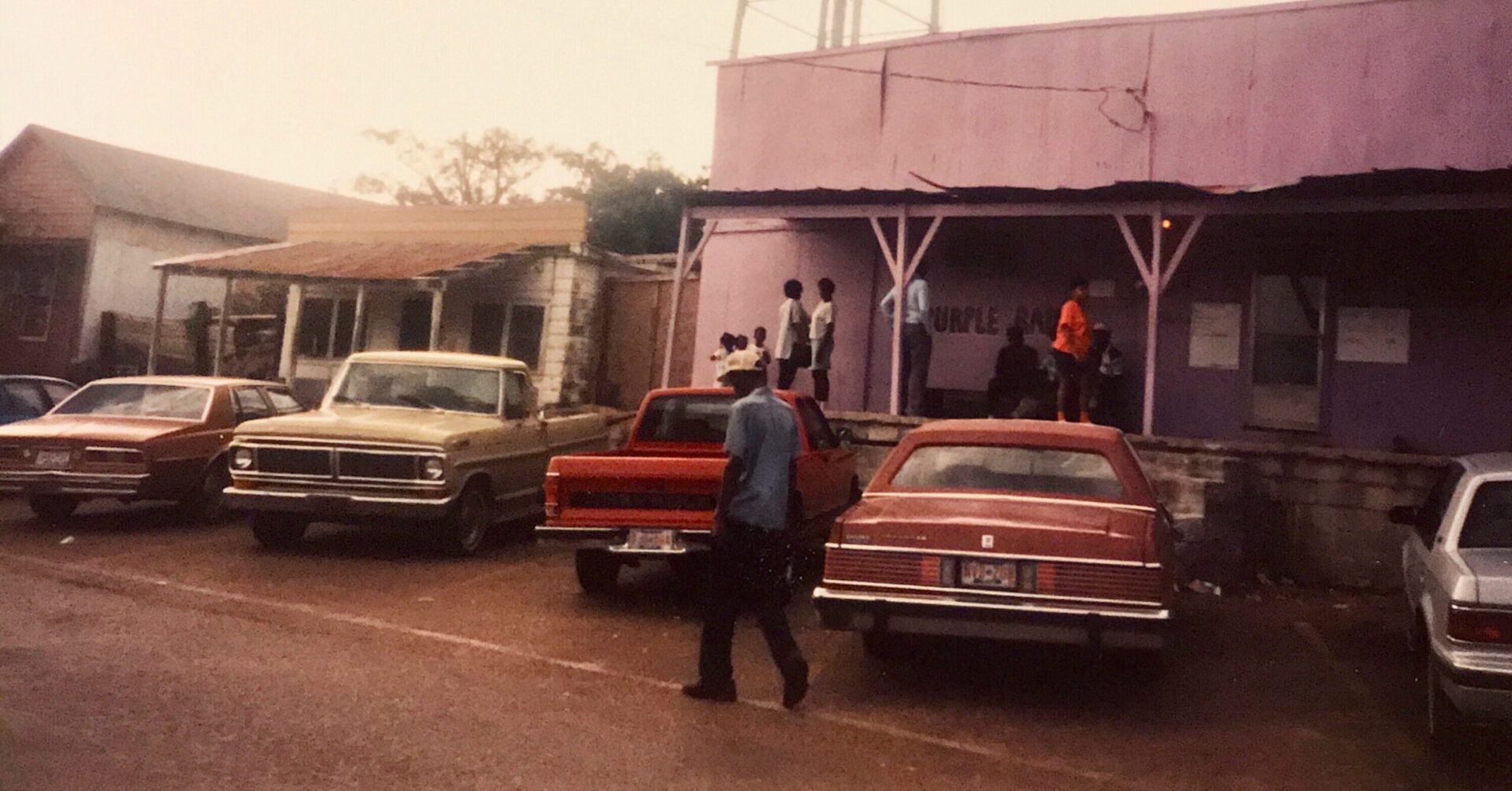By the late 1950’s it was clear that jazz was at a crossroads. The “cool sound” of the West Coast was beginning to fade, and the “hot sound” of the East Coast was in some ways simplifying, incorporating elements of rhythm & blues, soul and gospel. Ornette Coleman began experimenting with a “freer” style of playing, and right behind him came similar innovations from Sun Ra and Cecil Taylor. Writers began to call this new kind of jazz “avant-garde jazz” or occasionally “the new thing”, and when Archie Shepp and Don Cherry formed the New York Contemporary Five, it was very much the “poster child” of this new genre. Hallmarks of the new genre were avoidance of chord changes, use of drums to create moods and levels of energy rather than regular rhythm, contrapuntal lines of different instruments, group improvisation, and the omission of chordal instruments such as piano or guitar. All of these characteristics are in evidence on this Delmark CD retrospective of the group, much of which seems to have been recorded in 1963 in Denmark. Trumpeter Don Cherry had played with Ornette Coleman, a pioneer in the new music, and two of the six compositions on this disc are credited to Coleman, with Cherry contributing a third. Yet another, “Crepuscule with Nelly” is a Thelonious Monk tune, as Monk was “avant-garde” before there was “avant-garde”. The remaining two tunes “The Funeral” and “Mik” are by the two saxophonists, Archie Shepp and John Tchicai respectively. The groups is rounded out by Don Moore on bass, and Max Roach-like J. C. Moses on drums, the latter a fine drummer whose early death of kidney failure in 1977 ended a career of much promise. By 1965, the New York Contemporary Five was largely over, with Tchicai and Moses joining trombonist Roswell Rudd in the similar New York Art Quartet. But these recordings show the importance of the Contemporary Five in the dawning era of “free jazz.” This is a recording not to be missed.

